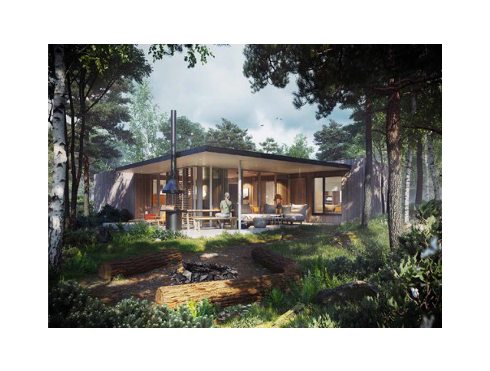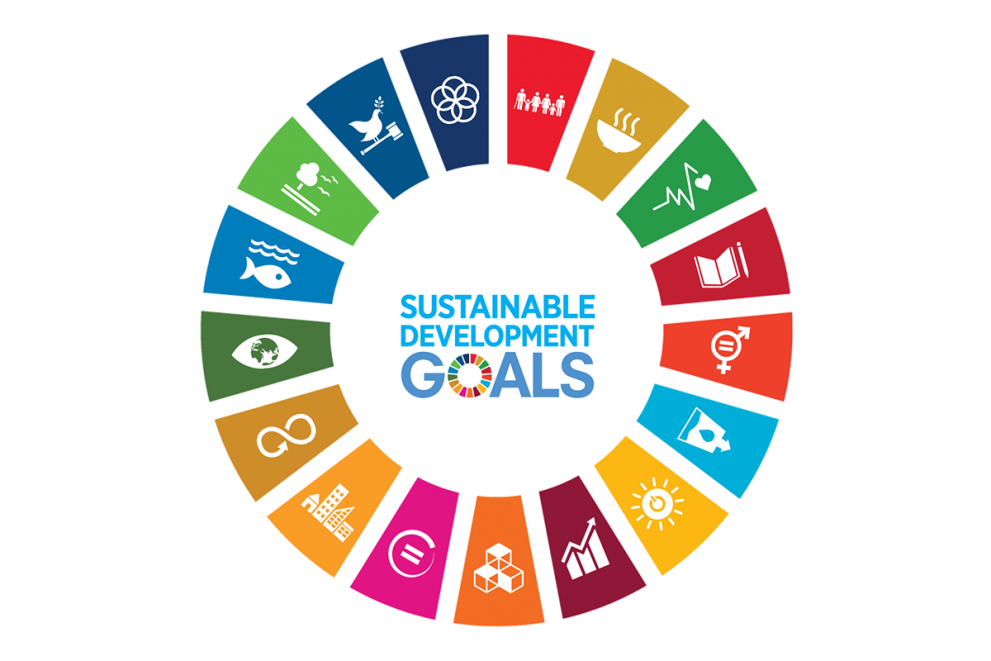

In their efforts to make the best possible sustainable choices, Center Parcs asked us – in cooperation with our partner RBM – to help them make informed decisions about new cottages that were going to be built. In terms of environmental impact, energy consumption and material use are the main contributors to emissions. In this project, our focus was on the latter. We used C_passport® to make a comparison between the previously built cottages, the plans for the new cottages, and a future scenario in which we mapped out next steps to be taken on the road to circularity.
To paint an accurate picture of the possible positive environmental impact of the newly built cottages, we had to test scenarios within C_passport®. We created over 300 digital product passports that generated detailed material and sustainability data (materials savings, CO2-emissions and water consumption). As a result, we were able to inform Center Parcs about the CO2-effects of the various scenarios, project potential emission savings, as well as the connected carbon pricing.
The digital product passports helped us capture all the individual elements of the cottages, from flooring to roofing elements. C_dashboard® consequently helped us combine all this information and illustrate the benefits of making circular choices. There are four important factors to consider when creating these scenarios. Firstly, what is the input material used in the cottages? If recycled or refurbished elements can be used instead of virgin products, this will represent significant CO2– and financial savings. Secondly: what kind of material is used? Concrete for instance, has a large environmental footprint, which means it’s better to use other material to strengthen the structures, like refurbished or recycled metal. Thirdly: how much material is needed in a total use period of 50 years? In this context, we compared steel and wood construction elements. Lastly: what happens to the materials end-of-use? When the cottages are replaced or renovated in the future, will the materials be incinerated or reused? Naturally, the latter is the more sustainable, circular option. The impact of all these choices were demonstrated in C_dashboard®.
Digital product passports are living documents. Contrary to regular LCA’s, the passport is updated and actualised. The work is not done when a first calculation is made. We helped Center Parcs find the ideal composition, but to realise its potential, it had to be recorded in C_passport®, also to be used once the cottage will be dismantled. Over the coming years, Center Parcs will go into more detail and try to find even more end-of-use solutions for the materials they use in their cottages. It is only logical that as time goes by, technical and practical opportunities arise. This is in line with thinking in transitions – we improve over time. By adding information to the passports, we can make sure sustainable, circular concepts and products live up to their name. This serves all stakeholders, guests, employees, governmental bodies and investors.



